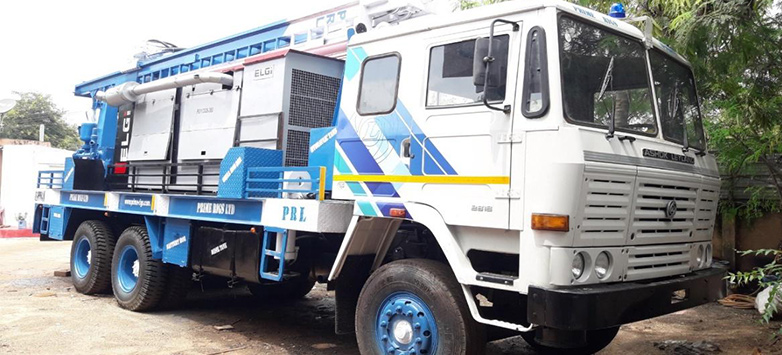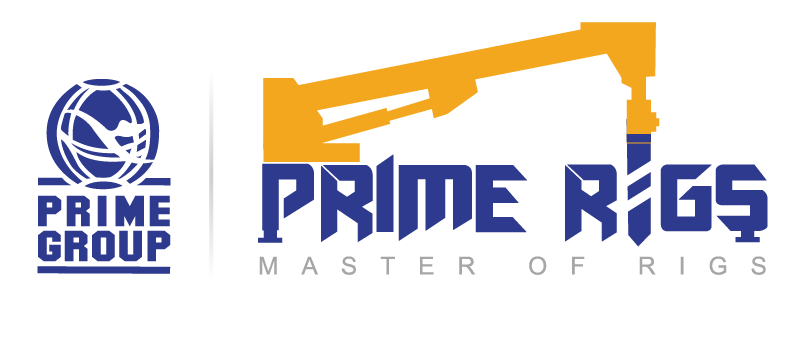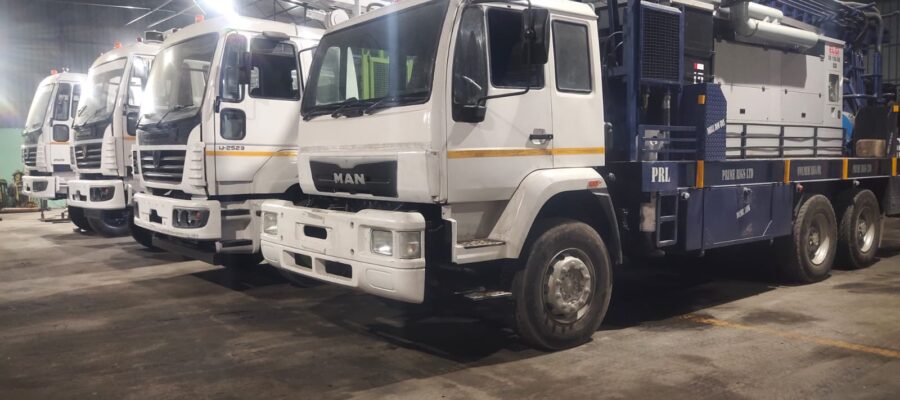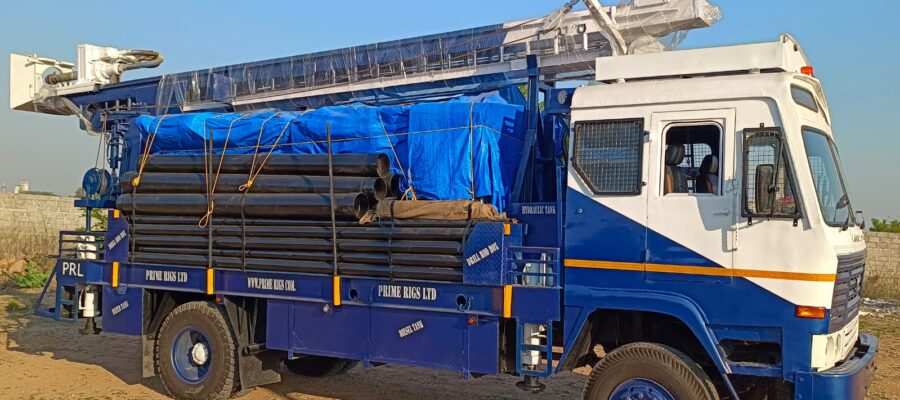
This is a highly technical industry with many high-level concepts and jargon. Even for those who have a passion for it, understanding it can be challenging. However, if you are clear about the role of a rig drill supplier and what opportunities exist in this industry, it becomes much easier to progress your career. This article will explain the components of drilling rigs and how rigs work, as well as outline the different types of roles available within drilling companies.
What is drilling?
Drilling is the process of boring holes in the rock, soil, or other substances using a drill rig. This process is commonly used on construction sites, oil rigs, or to drill water or oil well. A rig is a series of engineered structures that allow the drill rig to penetrate soil or rock quickly and efficiently. Rig components include a derrick, derrick base, platform, hoist, and telehandler. Drilling has been used for millennia. Drill suppliers have found oil lamps and containers in ancient tombs that were used to extract and transport oils.
How Drilling Works?
To create a hole in the rock, a rig driller uses a bit to cut a narrow channel in the rock through which the drilling fluid can flow. This channel is called the “rabbit hole” and is usually between 1/8 to 5/8 inches in diameter. The drill rig can then insert a “handle” (an extension of the drill string) that is connected to a “rig” (the central control of the drill rig). The drill rig operator can control the rig by turning a joystick that turns the drill bits, adds or removes drilling fluid, pushes the drill down, and comes back to the surface. The rig itself consists of a base that controls the rig’s height, a hoist that moves the rig’s components, a derrick that controls the rig’s orientation, and winches that connect the rig’s components.
Types of Rig Roles
There are two main types of roles within drilling companies – rig technician and rig supervisor. Rig technicians are responsible for the day-to-day operations of the rig. They are involved in all aspects of the rig’s operation, including the bit, drilling fluid, and winch controls. Rig supervisors are typically on-site during drilling and oversee the operations of the rig operator. They also liaise with the rig technician, rig technician manager, rig owner, or O&M (operations and maintenance) team to ensure the rig is operated safely.
Conclusion
A rig is a complex set of engineered structures that allow the drill rig to penetrate soil or rock quickly and efficiently. Drilling has been used for millennia, and today, a bit is a rotating drill bit connected to a drill rig. The rig consists of a derrick, derrick base, platform, hoist, and telehandler. The rig technician is responsible for the day-to-day operations of the rig. The rig supervisor has full autonomy over the rig while reporting to a rig manager who provides support and guidance, and drill manufacturersprovide all types of equipment.
Recent Post
- Frequent Used: Heavy Construction Equipment and Instruments
- What Type of Water Drilling Should You Choose?
- How To Choose The Perfect Drilling Rig To Buy?
- Tips For Selecting the Right Drilling Rig According to Your Need
- Water Well Drilling: Numerous Advantages
- How To Find Affordable And Reliable Water Well Drilling Rigs For Sale?
- Everything You Need to Know About Water Construction Rigs
- Water Drilling Rigs: Know The Different Types
- Refurbished Borehole Drilling Machine: Is It Worth The Purchase?
- Safety for the Construction Industry: Why Does it Matter?
- Milling Or Drilling: Which Is The Right Process To Choose?
- Choosing A Construction Truck Rigs Supplier Keeping Perfection In Mind
- Factors That Can Help You Select The Best Water Well Drilling Rig
- What Makes Drilling Rigs Different From Milling Rigs?
- Water Well Drilling Rig: All You Need to Know About It
- Do’s and Don’ts of Choosing the Right Rigs
- Underground Drilling Rigs: Features That Make Them Unique And Most Recommended
- What are construction drilling rigs? Why do companies need them?
- How do drilling companies help you with core drilling exploration?
- Key Features and Benefits of Drilling Machines in the Construction Industry
- Exploring the Advantages of Portable Borewell Drilling Technology
- How to Choose the Right Drilling Rig for Your Needs
- Reasons to Invest in Absolute Guide for Rotary Drilling
- Selecting the Ideal Drilling Rig: Ensuring Safety, Efficiency and Cost-Effectiveness





